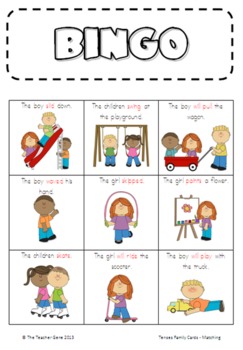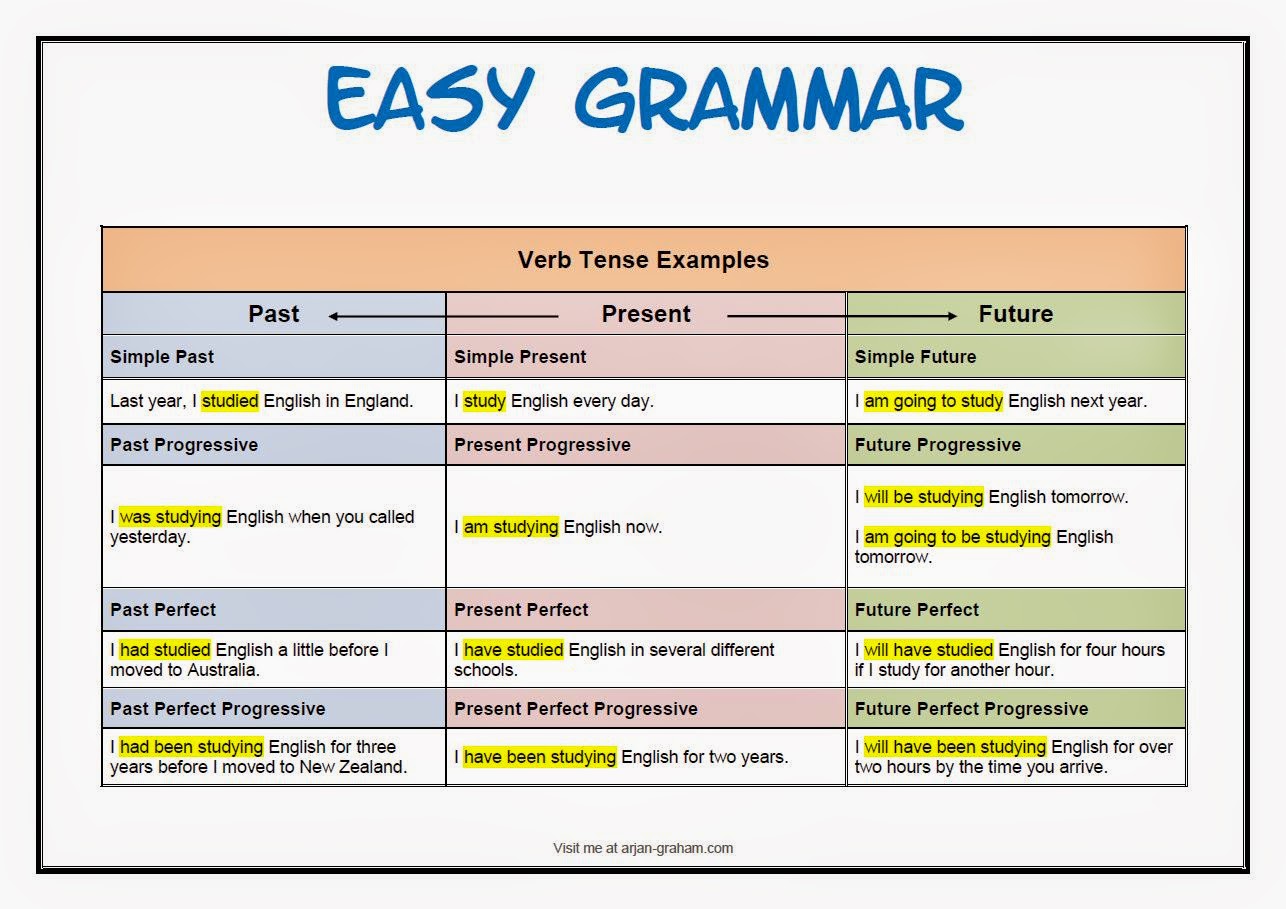Past Present And Future Tense Verbs. It's also useful for describing a direct action that's not exclusive to the past or future. We make the present tense by using the verb root word or the verb "to be", am and an "ing" word.

In these verb tenses worksheets students classify sentences as being in the past, present or future, and write their own sentence in each tense.
Past, present and future tenses are important because we may use the term say 'there is.
Today we're going to be talking about the difference between present perfect, past perfect, and future perfect verb tenses. The past is used to describe things that have already happened (e.g., earlier in the day, yesterday, last week, three years ago). Similar: Plural verbs worksheets Verbs ending in 'ed' Present tense : Past tense : Future tense : To be : is/ am/ are : was/ were : will/shall : More Verb Tense Examples: Past Tense; She was talking to her friends.







